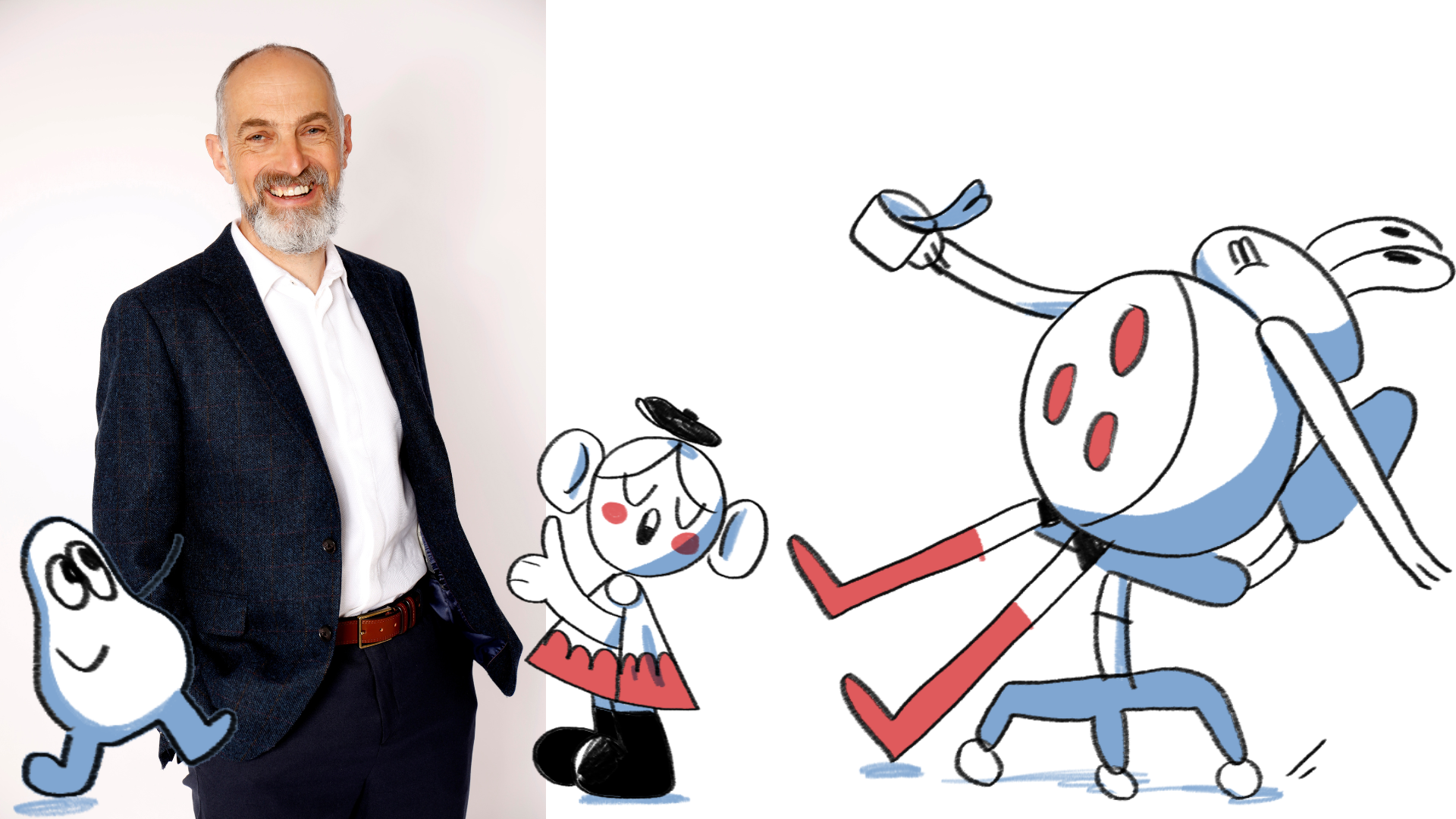From Dungeons & Dragons to getting the perfect pitch, here are the topics we covered in September’s Ask the Author of Storyteller Tactics.
Edward: “I work in IT. Where do I find my stories?”
Edward, engineers like you are fighting a battle between Order & Chaos, so this card is a great place to start.
When things are going well, they are organised into order. So far so good. But also, so boring. You don’t tell stories about a well ordered system where nothing goes wrong. Your story comes to life when chaos emerges, for example, some idiot plugs his personal laptop into the system and unleashes a virus. Then you’ve got to sort the chaos out and re-establish a new order.
Here’s how to find and tell that story:
- Use Emotional Dashboard to zero in on the moment when something goes wrong.
- Use Man in a Hole to give your story a beginning-middle-end structure.
Nathan: “How do I prepare for a panel where I’m speaking about my expertise?”
Try this Nathan: Data Detectives shows you how to zoom out to the big picture (your wisdom/strategy) and then zoom in to the little picture (a single moment that shows us what you mean). That story can go like this:
- “Here’s what I think is really important here [insert big picture wisdom].
- For example [little picture insert story]“
Don’t forget, your own journey through the data – from confusion to first clue to conclusion – can be an exciting story too.
Mark: “How do I make my pitch perfect?”
Use the Pitch Perfect card, Mark. But also use Innovation Curve to think about your audience and how they might feel about risk. Some people (Pioneers) are excited by risk. Others (Late Adopters) are much more wary. Either way, you can influence them by telling Social Proof stories about what other people are already doing.
Also try these tactics to create excitement in your audience: Story Hooks, Secrets & Puzzles and Rules, Cheats & Rebels.
Selina: “I want to create charity case studies that appeal to a younger audience.”
See if you can co-produce/co-write your case studies with a young person. A story told by a 17 year old will be much more relatable to a 15 year old. The storyteller can use relatable pronouns like “You” and “We” in a way that an older person can’t.
Top tip: when you sit down to write the story., imagine you are speaking to one of your target audience, for example, a 15 year old girl who’s thinking of dropping out of college.
These cards are all great for a growing-up story. Rags to Riches, No Easy Way and Happy Ever Afters.
Rowan: “How do I tell better stories for my Dungeons and Dragons group?”
Not surprisingly Rowan, The Dragon and the City is great for this. Your City can be anything worth protecting – not just a place but a social group too. And the Dragons come in all shapes and sizes. Without the combined threat+opportunity in a Dragon, there is no adventure.
Also worth trying these cards: Secrets & Puzzles and Universal Stories.
Ersilia: “How do I attract new customers for my reiki healer training courses?”
Simple Sales Stories will work. If a therapy client would rather remain anonymous, ask if you can base a story on her, but change the name. So long as you’re clear with your audience, this is ok.
Rowan: “I work in mental fitness coaching. How can I avoid the superficial stories that most fitness trainers use?”
Try a Rags to Riches story, Rowan. The point of these stories is not that the hero becomes rich, famous or attractive – it’s that they are recognised for something good inside them. Also, if you’re acting as Fairy Godmother, you can help the hero get started, but they’ve got to make it on their own eventually.
Lisa: “How do I help innovators tell better stories about technical subjects?”
Tell them the story behind the Rolls Royce Moment tactic, Lisa. They need to look for a single, vivid moment in their research that their audience can “see” what they mean.


If you leave us your email, we'll let you know if we update this guide based on your feedback.